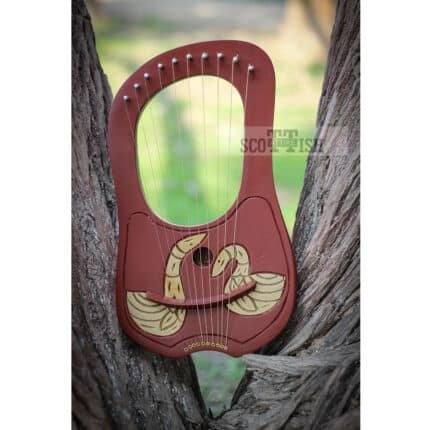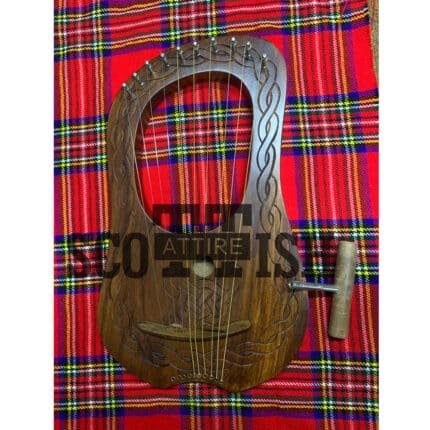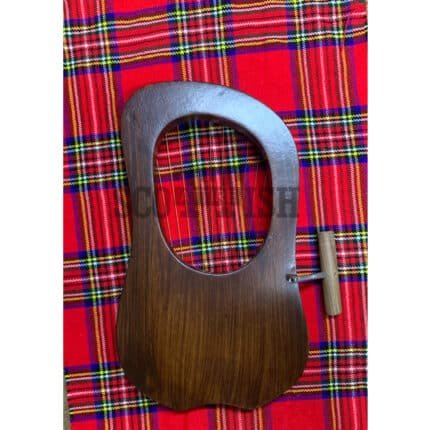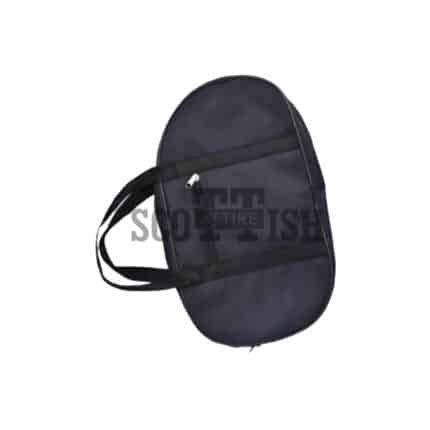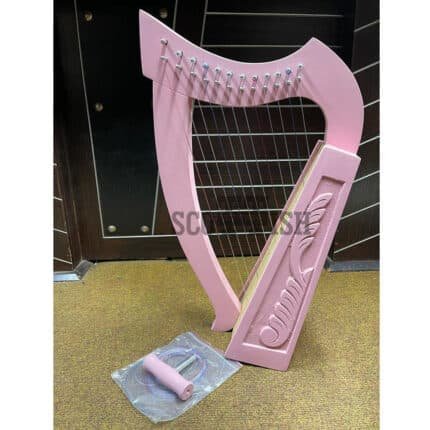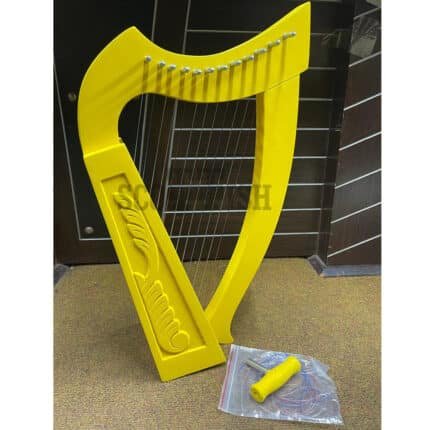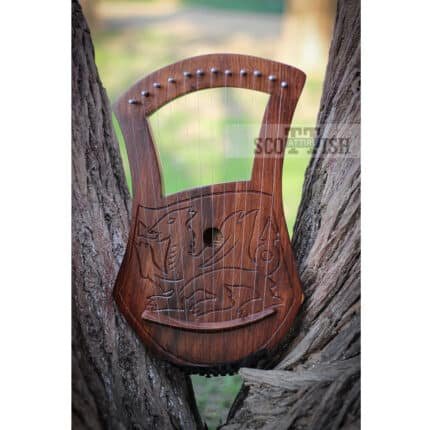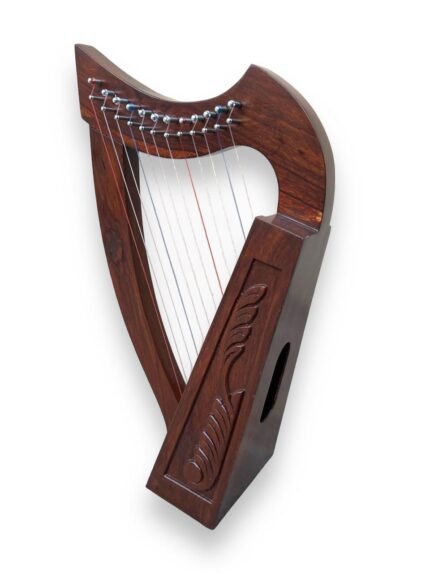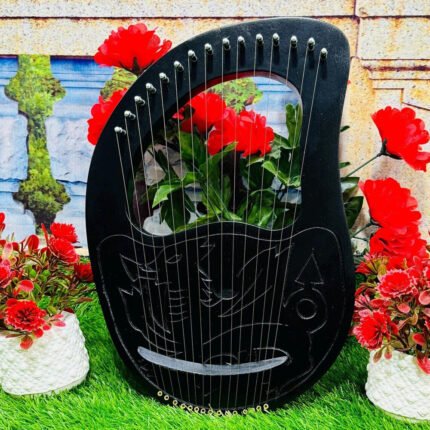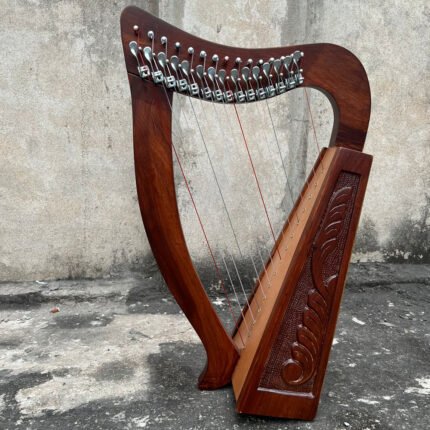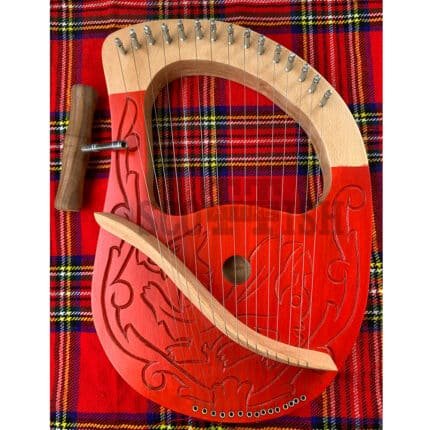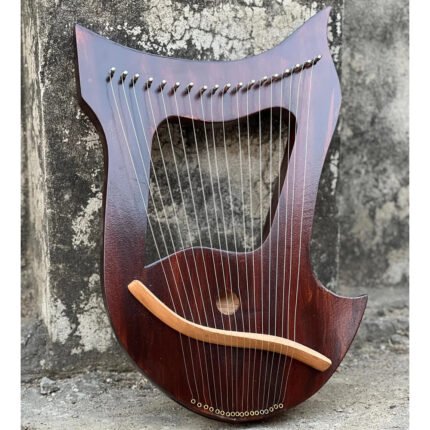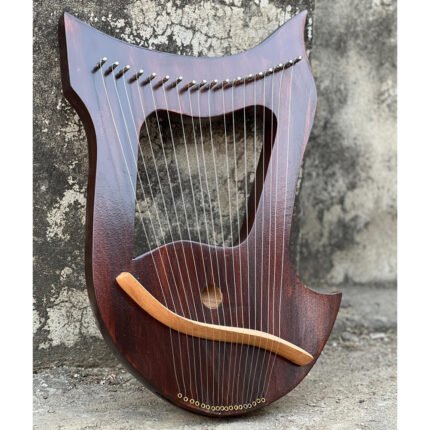MUSICAL INSTRUMENTS
Musical Instruments
Musical instruments are tools for producing sound. They are used by individuals for a number of purposes, such as entertainment, education, and communication. Scottish instruments exist in a variety of shapes and sizes, ranging from small and portable to big and heavy. Some are constructed of conventional materials like wood or metal, while others are made of modern materials like plastic or electronic components.
Scottish instruments can be divided into two main categories:
- Acoustic Instruments
- Electronic Instruments
Acoustic instruments produce sound by using air vibrations. Acoustic instruments are further classified based on how they produce sound: percussion, stringed, brass, and woodwind. To generate sound, electronic instruments employ electrical signals. Electronic instruments are classified according to their function: synthesisrs, samplers, and sequencers.
History :
Musical instruments have been around since the dawn of time. Early instruments, such as a trumpet to proclaim success on the hunt or a drum in a religious ceremony, may have been employed for ritual. Cultures gradually developed the production and performance of melodies for entertaining purposes. These instruments evolved in tandem with evolving applications.
Some instruments are made for specialized purposes, such as signaling (trumpet, bugle) or communicating (drum). Others are intended for more general functions, such as entertainment (piano, guitar) or music production (flute, violin). In some circumstances, an instrument can fulfil various functions (for example, a trumpet might be used for signaling or entertainment).
Musical instruments are often categorized by the type of sound they produce:
- String instruments (e.g., violin, guitar)
- Wind instruments (e.g., flute, clarinet)
- Percussion instruments (e.g., drums, cymbals)
Musical instruments are also classified by their musical function or purpose.
The main melody or lead line in a piece of music is provided by melodic instruments (e.g., piano, violin).
Harmonic instruments (such as the guitar and cello) provide accompaniment by playing chords or harmonies.
The low-pitched foundation of the music is provided by bass instruments (e.g., bass guitar, double bass).
Rhythm instruments (such as drums and percussion) keep time and add melodic texture.
Following are ther categories of Scottish instruments:
Musical instruments serve a range of functions. They can be used to educate, entertain, or communicate. The most prevalent usage of Scottish music instruments is for entertainment, and they are frequently used in live performances such as concerts or recitals. Another prominent application for musical instruments is education, and they are frequently used in school settings or in individual courses. The third fundamental use of musical instruments is communication, and they are frequently employed to deliver messages or announce occurrences. Musical instruments can also be used for more personal reasons, like relaxation or self-expression.


